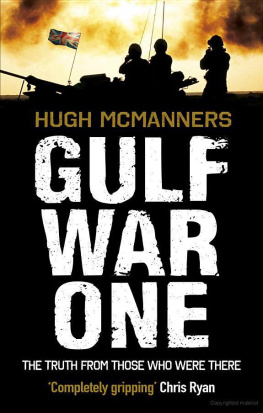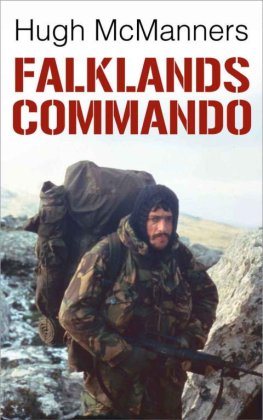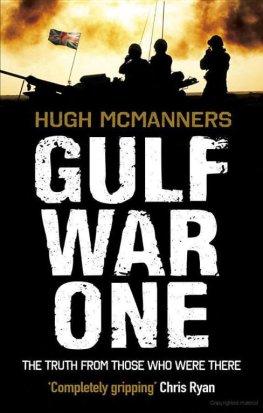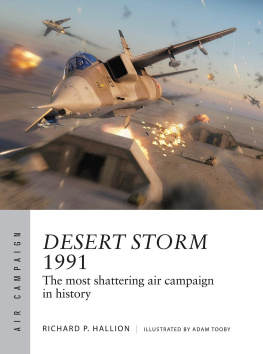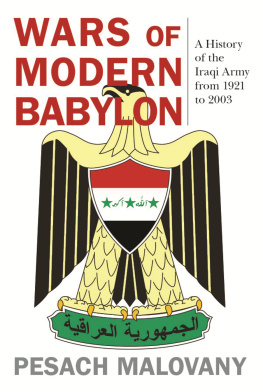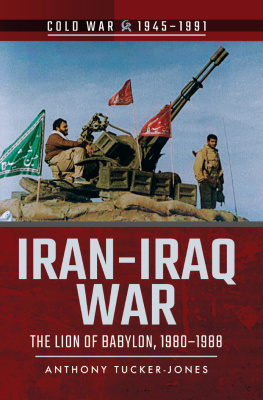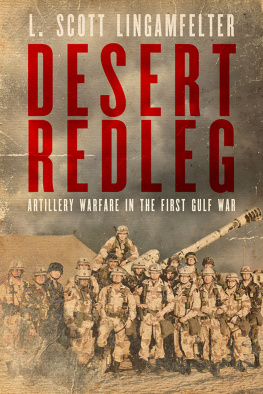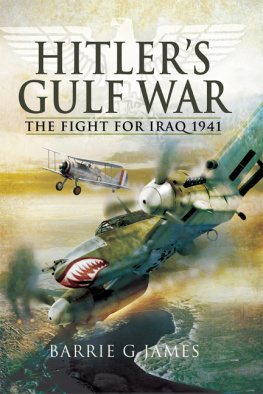HUGH MCMANNERS
REAL VOICES
FROM THE FRONT LINE

This eBook is copyright material and must not be copied, reproduced, transferred, distributed, leased, licensed or publicly performed or used in any way except as specifically permitted in writing by the publishers, as allowed under the terms and conditions under which it was purchased or as strictly permitted by applicable copyright law. Any unauthorised distribution or use of this text may be a direct infringement of the authors and publishers rights and those responsible may be liable in law accordingly.
Version 1.0
Epub ISBN 9781407060767
www.randomhouse.co.uk
1 3 5 7 9 10 8 6 4 2
First published in 2010 by Ebury Press, an imprint of Ebury Publishing
A Random House Group company
Introduction General Sir Rupert Smith 2010
Text copyright Hugh McManners 2010
Hugh McManners has asserted his right to be identified as the author of this work in accordance with the Copyright, Designs and Patents Act 1988
All rights reserved. No part of this publication may be reproduced, stored in a retrieval system, or transmitted in any form or by any means, electronic, mechanical, photocopying, recording or otherwise, without the prior permission of the copyright owner
The information in this book is believed to be correct as at 1 September 2010, but is not to be relied on in law and is subject to change. The author and publishers disclaim, as far as the law allows, any liability arising directly or indirectly from the use, or misuse, of any information contained in this book
The Random House Group Limited Reg. No. 954009
Addresses for companies within the Random House Group can be found at www.randomhouse.co.uk
A CIP catalogue record for this book is available from the British Library
The Random House Group Limited supports The Forest Stewardship Council (FSC), the leading international forest certification organisation. All our titles that are printed on Greenpeace approved FSC certified paper carry the FSC logo. Our paper procurement policy can be found at www.rbooks.co.uk/environment

Designed and set by seagulls.net
Printed and bound in Great Britain by Clays Ltd, St Ives PLC
ISBN 9780091935986
To buy books by your favourite authors and register for offers visit www.rbooks.co.uk
CONTENTS
FOREWORD
In 1990 I was the Commander of the British armoured division sent to the Gulf, as part of the coalition force in Saudi Arabia, which would ultimately fight Saddam Husseins army and liberate Kuwait. As Commander, my view of the events of the war was influenced particularly by three factors. First, there was the need to acquire, organise and train the forces I was allocated into a fighting formation, capable of defeating the enemy in such a way that we played to our strengths and guarded our weaknesses. Second, was that being located in the desert I was to a large extent isolated; from the rest of the British Army, Whitehall, UK politics, and from the reporting in the media and so the British publics perception of the crisis and what we were doing. The last factor was my position in the chains of command. I was firmly linked and subordinate to the US chain of command as far as the tactical battle was concerned, and at the same time part of and dependent upon the British Army for logistical support and direction as to the part we were to play and the risks we were to take, all the while being responsible for leading my command of some 15,000 men and 7,000 vehicles to achieve our specific objective.
Reading the accounts in Gulf War One from some of those who were engaged in this great endeavour has been informative and given me pleasure. They give a consistent picture of the rapid scramble to find the necessary manpower, equipment and sufficient spares to deploy a viable force, the uncertainty we experienced as to what this force was to achieve, and how, and our growing confidence as we realised we could do it.
Although on arrival in the Gulf we had a great deal of training and organising to do before we were ready for battle we were not poorly trained we could not have accomplished what we did if this had been the case. However, our training had become too narrowly focused on the anticipated defensive battle in north-west Germany that was part of the Cold War deterrence. To keep expenditure on defence as low as possible, the quantity and nature of our equipment had also become centred solely on acquiring only what could be justified against the requirements of the anticipated battle in Germany. So those deployed at the end of 1990 suddenly found that their training and experience was scarcely relevant and the inadequacies of their equipment became increasingly evident.
To their great credit, the men and women deployed rose to the occasion. Considerable initiative and imagination was shown, old lessons were re-learnt and adaptations made. The professionalism and resourcefulness of the vast majority of those I saw was of a high order, as is illustrated in this book. As we began to work together in the desert so the confidence within the team grew. This was largely as people saw the array of our own and allied forces, and were assured that our organisation and logistics did work and were improving all the time. In this regard the Royal Engineers, the logisticians and the Royal Electrical and Mechanical Engineers were absolutely critical to our success whether in the field or at the port. We were supported by them wherever we went. We also had the Royal Navy standing by, and if, at any point, our overland communications had been broken by enemy action I would have relied on their support.
I understand why the Navy appears little in these pages, but I would like to give them special mention as their considerable part in this combined endeavour is not generally and fully recognised. It was the Royal Navy who led the combined fleet based on the US Navy Carrier Battle Groups up the Persian Gulf towards Kuwait. It was they whose armed helicopters sank about half of Iraqs navy and defeated the missile attack on the US battleships. And, not long after I had established my HQ to the north of the city, the first ship to dock in Kuwait was a Royal Navy frigate; a lucky few of the division had their first hot show for weeks. The artillery is the other organisation that I would like to highlight. Their effect on the enemy was not anticipated by many before the event, and I do not think it is widely understood even now. When forming the force that was to take on the Iraqi army I asked for and was given a substantial artillery component. My US Corps Commander reinforced the division further, allocating me a US artillery brigade. The weight of high explosive we were able to bring to bear on the target was thirty times more artillery power than a commander of a Second World War armoured division would have had at his disposal. That I could use this great force as I wished was a considerable advantage, and I could always call for more firepower, from our artillery or via air attack if needed. The Royal Regiment of Artillery did an outstanding job. For example, one unit was reequipped with the M109, a medium gun, and another received the new MLRS rocket system only days before the land battle began. They learned how to use these weapons as they deployed, whilst at the same time working out the tactics of their use with the Americans. They would lead us into battle, with shattering effect.

